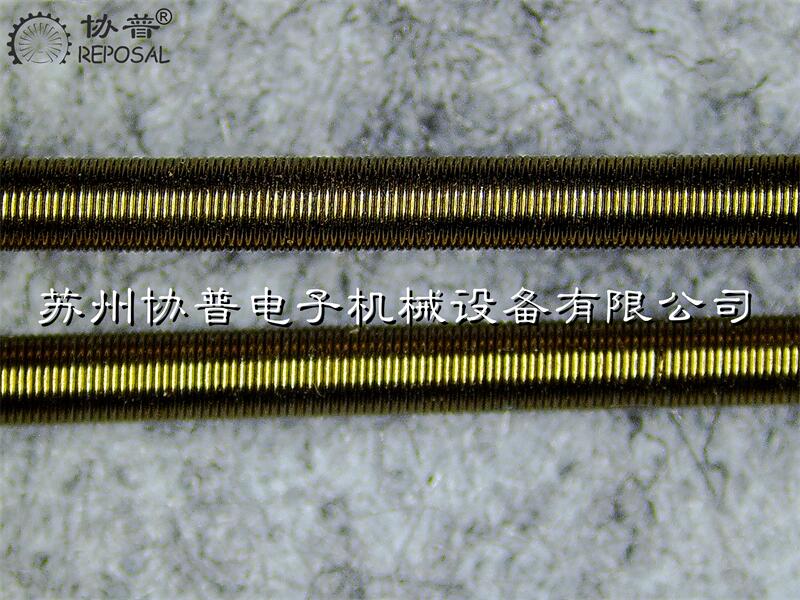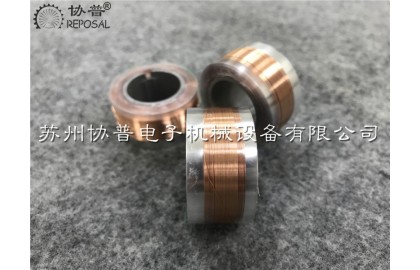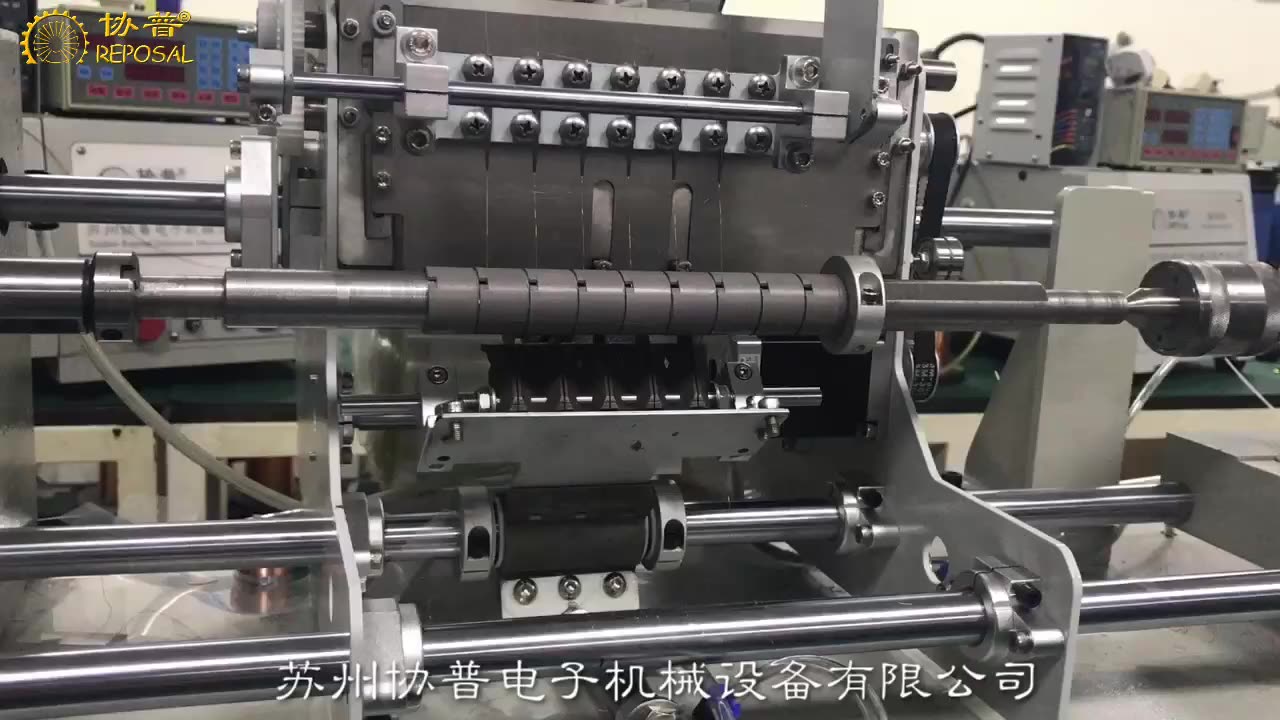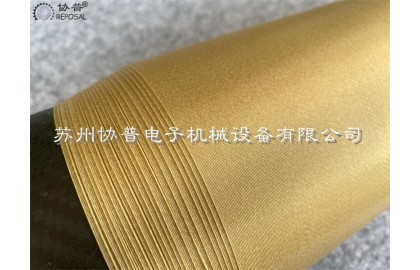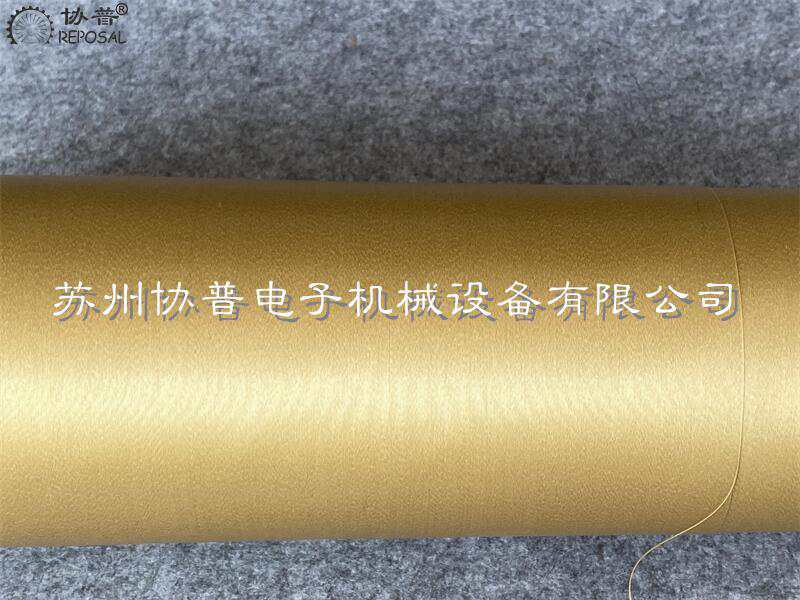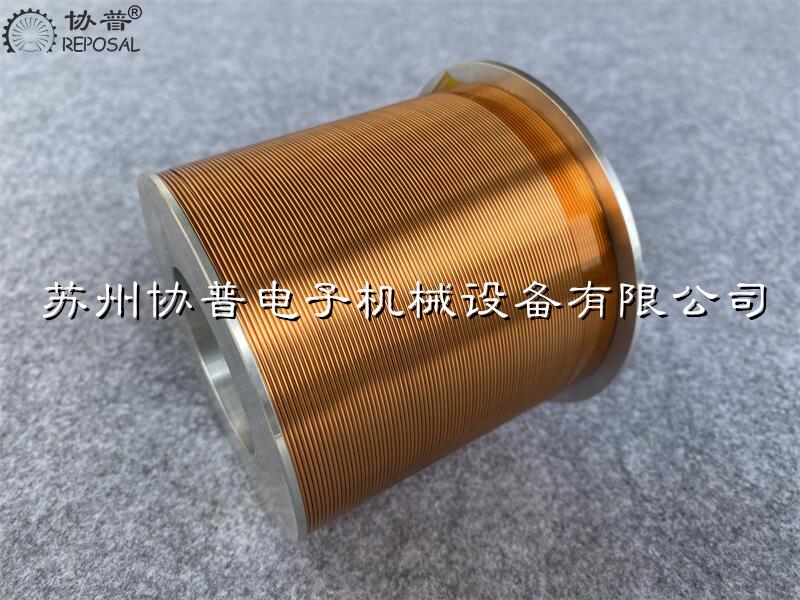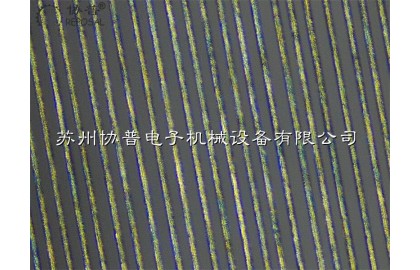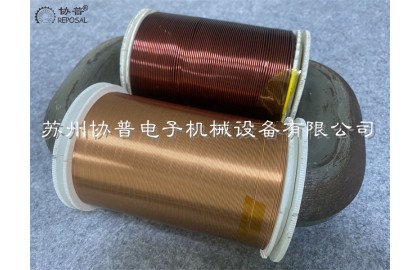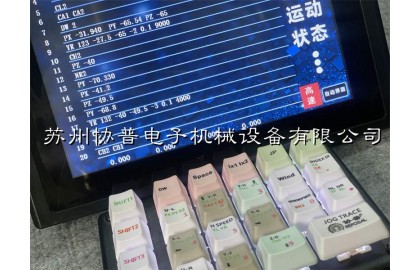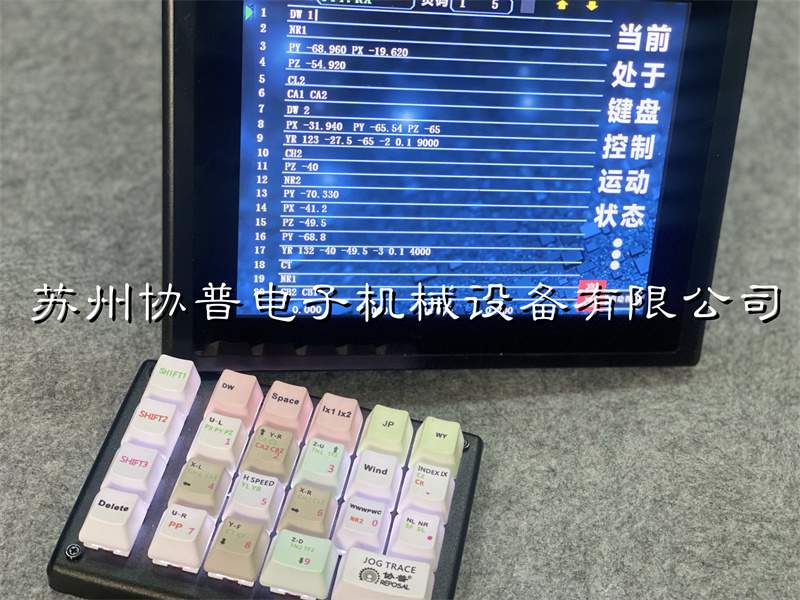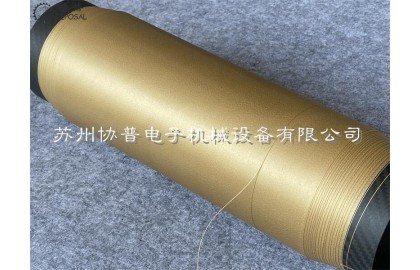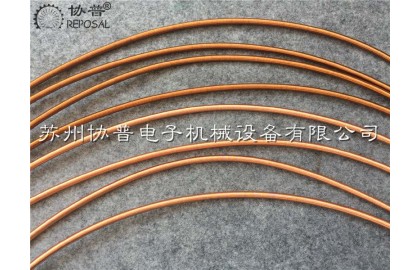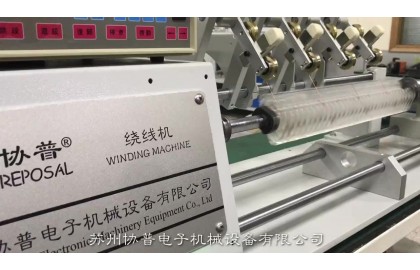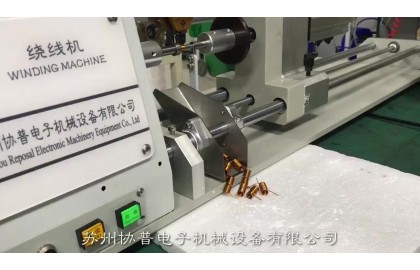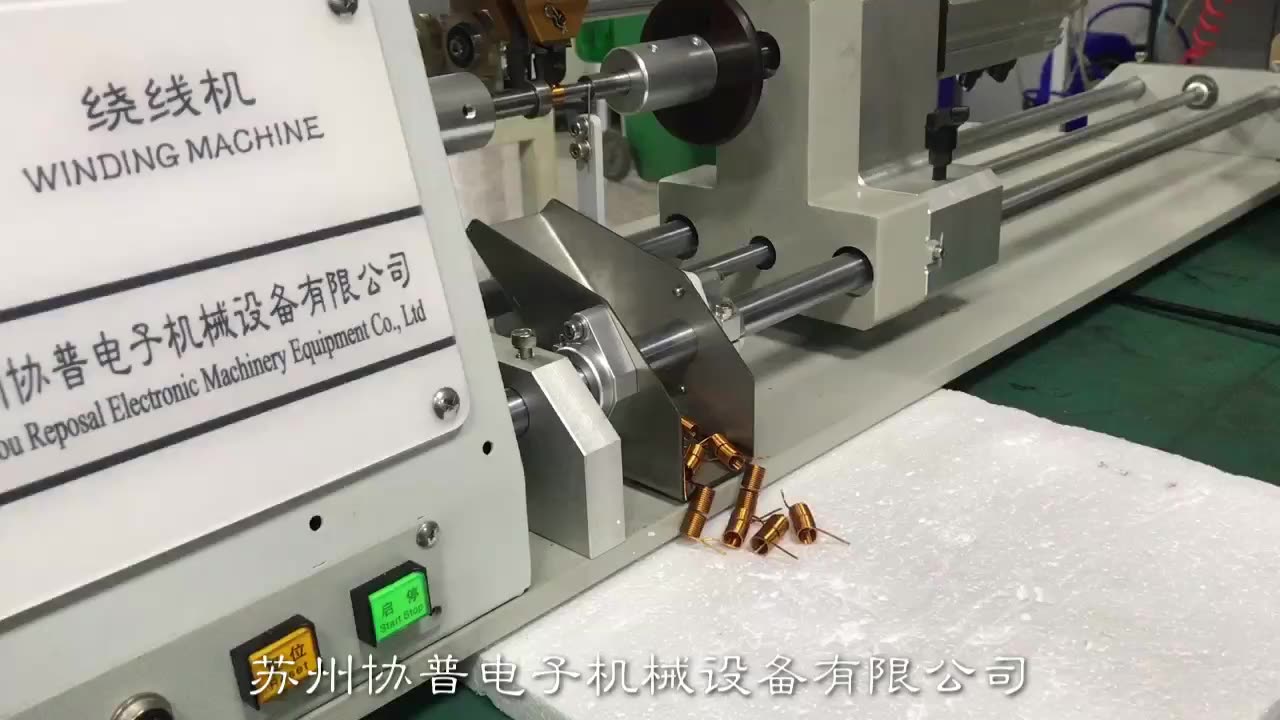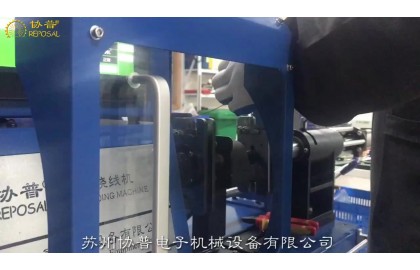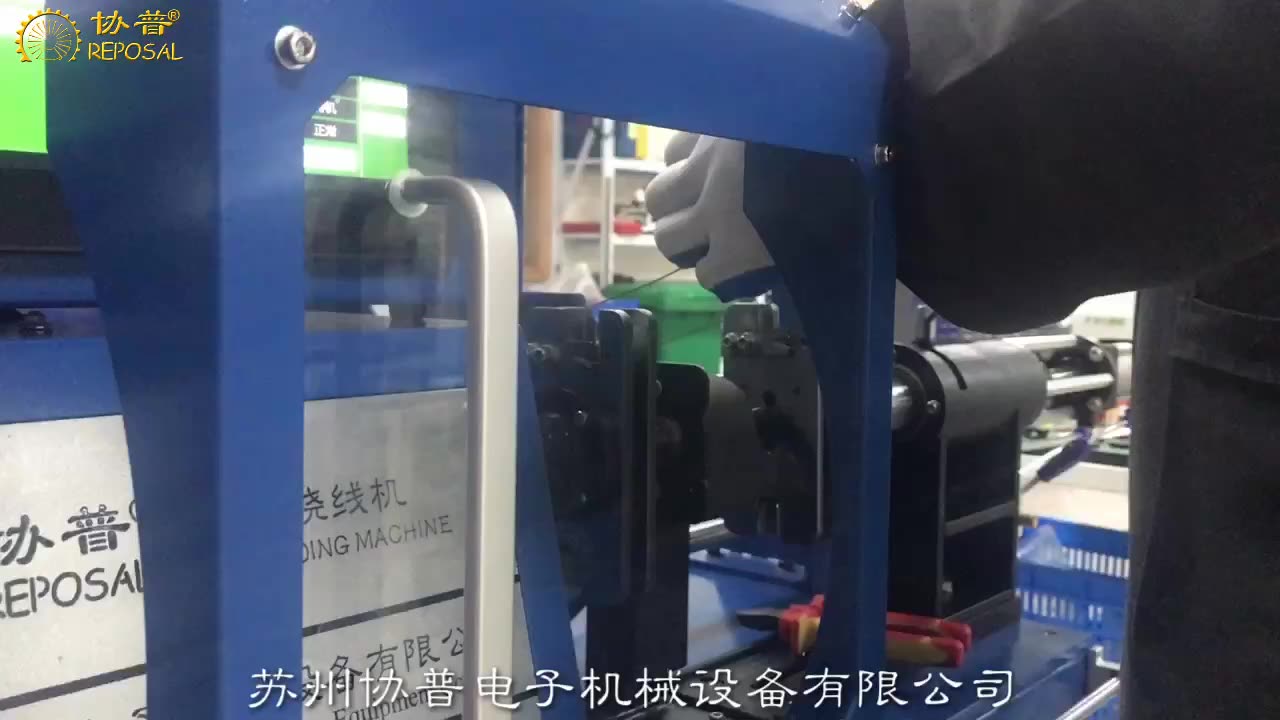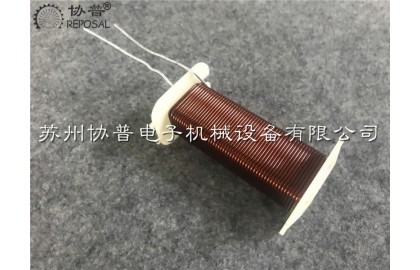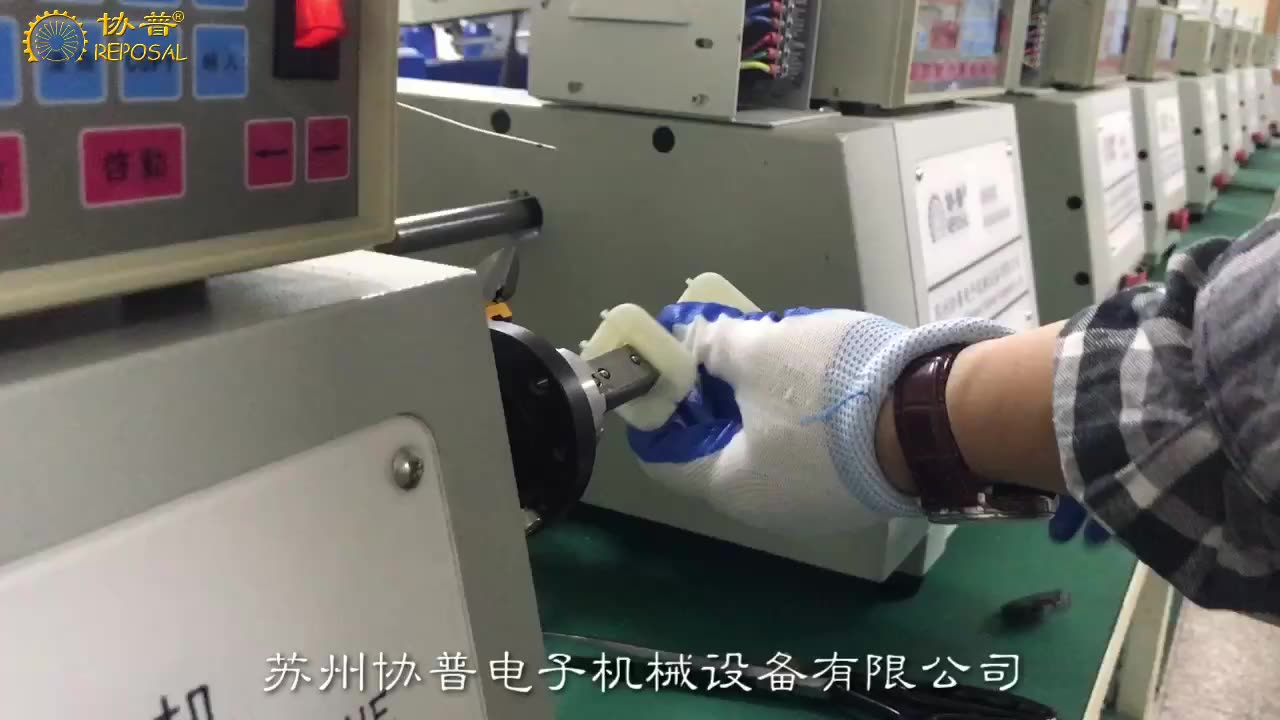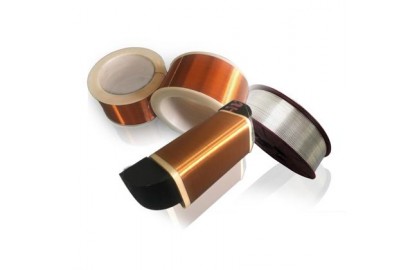REPOSAL? has successfully released a radiofrequency ablation catheter winding machine
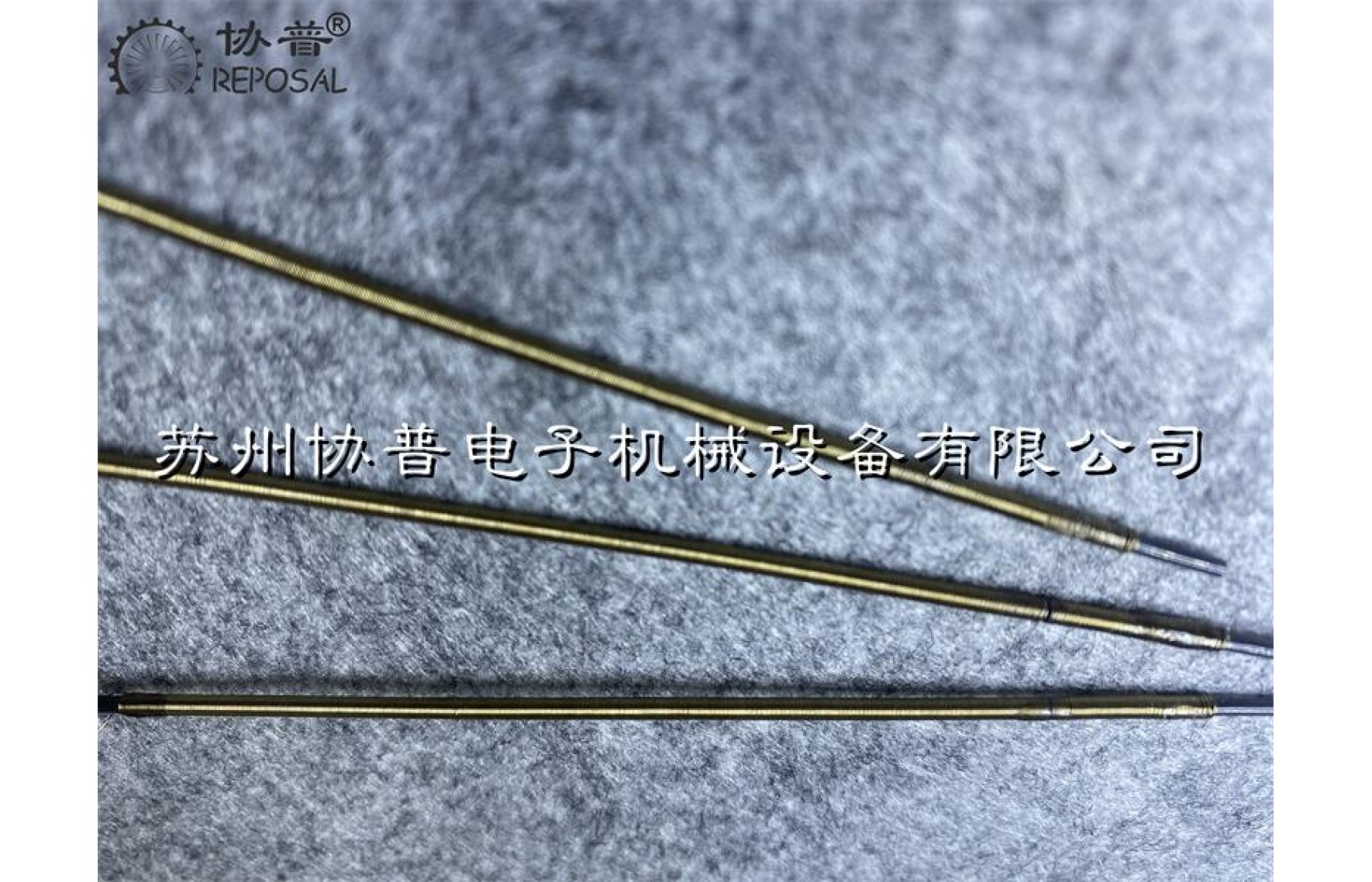
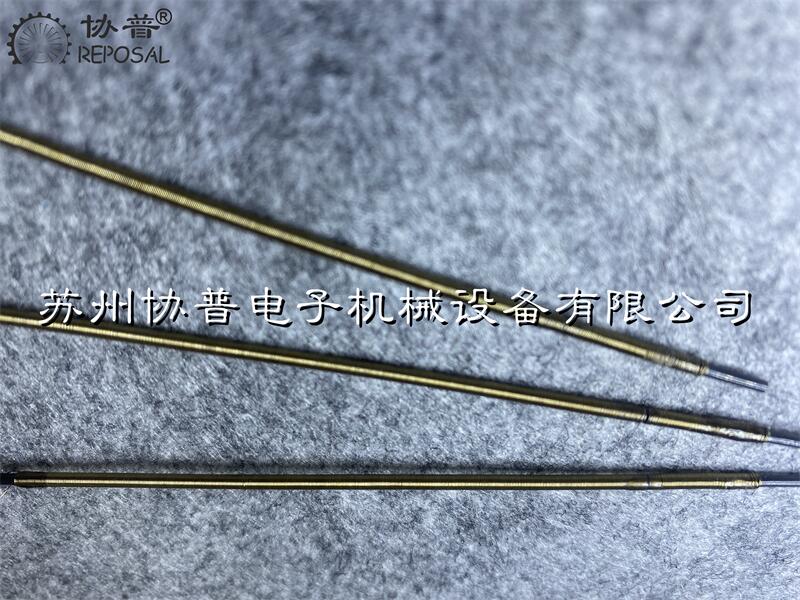
Radiofrequency ablation has ablation and cutting functions, and the main therapeutic mechanism is thermal effect. Radio frequency refers to radio frequency, frequency up to 150,000 times per second of high frequency vibration, but it does not belong to the division of bands in radio communication.
When such high frequency radiofrequency current flows through human tissue, the rapid change of electromagnetic field causes the water molecules with polarity in the tissue to move at high speed and generate heat (i.e. endogenous heat effect), which causes the water inside and outside the cell to evaporate, dry, pyretic and fall off, resulting in aseptic necrosis, so as to achieve the purpose of treatment. All radiofrequency thermal ablation devices are composed of electrical generator, measurement and control unit, electrode needle, skin electrode and computer. The system consists of a closed loop that connects the needle electrode to the skin electrode of the patient. The measurement and control unit automatically adjusts the output power of radiofrequency ablation by monitoring the changes of tumor tissue parameters such as impedance and temperature, so that the tumor tissue can quickly produce a large range of coagulation necrosis.
The radiofrequency electrode needle can make the temperature in the tissue exceed 60℃, and the cells die, resulting in necrotic area. If the local tissue temperature exceeds 100℃, the tumor tissue and the parenchyma surrounding the organ will coagulate and necrosis, and a large spherical coagulate and necrosis area can be produced during treatment. Besides the coagulate and necrosis area, there is a hyperthermia area of 43~60℃. In this area, cancer cells can be killed while normal cells can recover. Due to the consideration of minimally invasive factors, the volume of the RF electrode needle is limited, and the structure is required to be compact. The main structure of the RF electrode needle is a hollow resin catheter with a small diameter, and the surface is wound with a layer of copper wire. The copper wire, as the RF electrode, generates heat energy through the RF current and acts directly on the human body.
And because of the formation of a loop, it is generally necessary to use double helix winding, winding process at the same time as far as possible to require the resin catheter after winding copper wire, the spiral cylindrical surface formed without other prominent features. This electrode generates heat to act on the human body when working. In order to control the temperature stably, a measuring wire is placed in the middle of the hollow resin catheter.
An example of a specific RF electrode needle is shown in the figure above. The inner diameter of the resin catheter is 1.1mm, the wall thickness is 0.1mm, and the diameter of the copper wire is 0.13mm.
The coiling process is completed by continuous test and optimization of the coiling machine.
The working flow of this winding machine is as follows:
1. The active wire feeding device of the radiofrequency ablation catheter winding machine ensures that the wires are constantly connected and not tied.
2. Double fold section A measurement line.
3. Manual folding head.
4. Manually fix the thread head (Two schemes are tentatively proposed for fixing the thread head)
4.1 Fix the starting position with glue. The fixture locks the PEEK tube.
4.2 Kangtong wire is hung on the feature of steel pipe. Glue to fix the ends after wrapping.)
5. Press the start button of the radiofrequency ablation catheter winding machine to wrap.
6.(During the winding process of the radiofrequency ablation catheter winding machine, both AB and AB segments have adjustable tension)
7. Wrap the jump grid to the specified position (the specific hop length can be set, and the rotation Angle can be set.
8. After the radiofrequency ablation catheter winding machine is finished, the feeder stops at the end and maintains tension.
9. Fix the end of the line by manual dispensing
10. Both ends of the radiofrequency ablation catheter winding machine are coaxial, and the rotation direction is synchronized.
11. Adjustable pre-drawing force is required at both ends of the locking shaft core.

